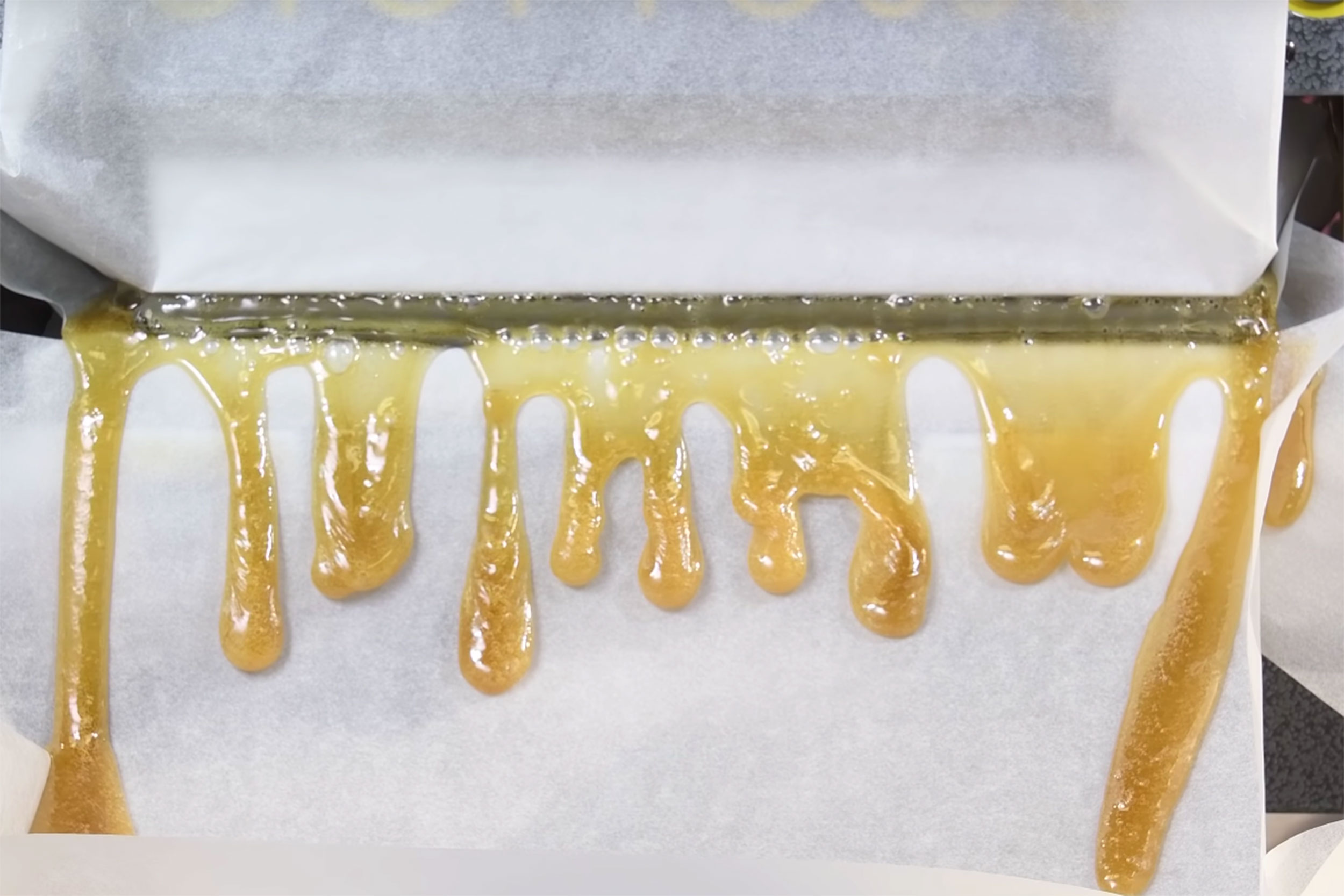Cannabis extraction is the process of separating the active compounds (such as CBD and THC) from the plant material of the cannabis plant. There are several different methods of cannabis extraction, each with its own unique set of advantages and disadvantages. In this blog post, we will explore the different methods of cannabis extraction and compare their relative pros and cons.
Solvent-Based Extraction
Solvent-based extraction is a common method of cannabis extraction that involves the use of a solvent (such as ethanol or butane) to dissolve the active compounds from the plant material. The solvent is then evaporated, leaving behind a concentrated extract that can be further processed and purified.

One of the main advantages of solvent-based extraction is its efficiency: it is typically able to extract a large amount of active compounds in a relatively short amount of time. However, this method also has some potential risks, such as the possibility of explosion if the solvent is not handled properly. Additionally, the use of solvents can leave residual impurities in the final extract, which can affect its purity and quality.
CO2 Extraction
CO2 extraction is a method of cannabis extraction that uses supercritical CO2 (carbon dioxide) as a solvent. CO2 is pumped through a column of cannabis plant material at high pressure, causing the active compounds to dissolve and be extracted. The CO2 is then evaporated, leaving behind a concentrated extract.

One of the main advantages of CO2 extraction is its precision: it allows for the extraction of specific compounds (such as CBD or THC) with a high degree of accuracy. It is also relatively safe and environmentally friendly, as CO2 is a natural and non-toxic solvent. However, CO2 extraction can be expensive and requires specialized equipment, which may not be practical or accessible for all users.
Heat and Pressure Extraction
Heat and pressure extraction is a method of cannabis extraction that uses heat and pressure to extract the active compounds from the plant material. This method can be done using a variety of equipment, such as rosin presses or heated extraction tubes.
One of the main advantages of heat and pressure extraction is its simplicity: it can be done with relatively inexpensive equipment and does not require the use of solvents. However, this method can also have some drawbacks, such as the potential degradation of terpenes (aromatic compounds that contribute to the flavor and aroma of cannabis) due to the high heat used in the process. Additionally, the yield of this method can be relatively low compared to other methods.

Mechanical Separation
Mechanical separation is a method of cannabis extraction that relies on physical force to separate the active compounds from the plant material. This can be done using a variety of equipment, such as sieves or grinders, and may involve techniques such as sifting or grinding the plant material to separate the active compounds.
One of the main advantages of mechanical separation is its simplicity: it can be done with relatively inexpensive equipment and does not require the use of solvents. However, this method is typically not as efficient as other methods, and the yield of the extract can be relatively low. Additionally, mechanical separation may not produce extracts that are as pure or potent as those produced by other methods.
Conclusion
Cannabis extraction is a complex and nuanced process that involves a variety of methods, each with its own set of advantages and disadvantages. The best method for a given user will depend on their specific needs and goals, as well as their budget and resources. It is important for users to do their own research and carefully consider the pros and cons of each method before deciding
